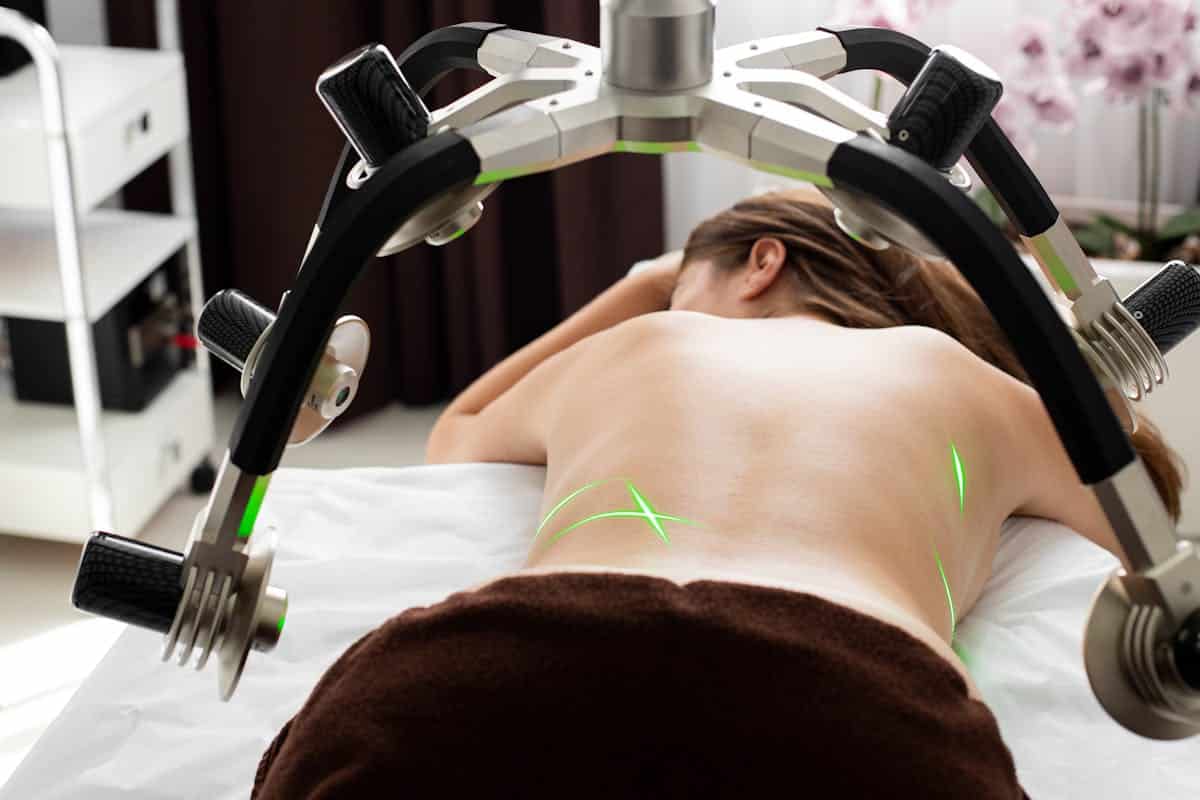Table of Contents
Body contouring used to be shorthand for Hollywood red carpets, the kind of thing whispered about in Beverly Hills offices while paparazzi waited outside. Today, it’s become far less mysterious and a lot more mainstream. People aren’t approaching it as a secret splurge anymore but as one more option in a larger wellness routine. The change isn’t just about price tags coming down or technology moving forward, though both play a role. It’s about how people think of their bodies and their confidence, and the fact that modern self-care no longer stops at facials and fitness.
A Broader Definition Of Wellness
The definition of wellness has stretched well beyond green juices and yoga mats. A few decades ago, the idea of adding aesthetic treatments into the same conversation as mental health, nutrition, and exercise would have raised eyebrows. Now, it’s considered part of the same holistic approach. Body contouring fits neatly into this picture, not as a dramatic change but as a refinement that aligns with how people want to feel in their everyday lives. When patients talk about their goals, they’re often less concerned with transforming their bodies into something unrecognizable and more interested in smoothing, tightening, or enhancing what they already have. The move toward subtle improvements reflects the way wellness is framed now: as an ongoing process instead of a final destination.
Why Medical Spas Are At The Center Of Change
It’s not just traditional dermatology offices or plastic surgery clinics offering these treatments anymore. The rise of an aesthetic med spa in almost every city has brought body contouring to a wider range of people. These spaces market themselves as approachable, inviting, and often boutique in atmosphere, making them less intimidating than a surgical setting. Treatments that once felt out of reach are now available alongside skin care services, laser therapies, and wellness add-ons. This shift has made body contouring seem less like a dramatic procedure and more like a natural extension of routine self-care, right there with regular facials or IV drips.
Technology Has Changed The Experience
Part of the reason body contouring feels accessible is the technology itself. Noninvasive options now make it possible to target areas without surgery, anesthesia, or long recovery times. Devices that use radiofrequency, ultrasound, or cooling can address fat reduction, tightening, or sculpting in sessions that often fit into a lunch break. The appeal isn’t just convenience but also the reassurance of knowing you won’t be sidelined from work or family obligations. People want results, but they also want their lives uninterrupted, and new technology makes that possible. The whole process feels more aligned with modern routines, which are fast-paced and unforgiving of lengthy downtime.
The Psychology Of Small Improvements
Body contouring’s growing popularity isn’t just about science and access. There’s a psychological factor at play. Small improvements can make a disproportionate difference in how people feel about themselves. When someone notices their clothes fit more comfortably or their silhouette looks a bit sharper, that confidence can ripple outward into other areas of life. It’s not necessarily about vanity. It’s about feeling at ease in your skin, something that’s become part of the broader conversation about well-being. That mental boost often translates into people being more motivated in the gym, more consistent with nutrition, or simply more positive in social and professional interactions.
The Myth Of Quick Weight Loss
A common misconception is that body contouring is a shortcut to significant weight loss. Clinics often have to explain the difference between fat reduction treatments and actually trying to lose weight quickly. Body contouring is not a substitute for lifestyle changes or a replacement for exercise and diet. Instead, it’s designed to refine specific areas that don’t respond easily to workouts or healthy eating. This distinction matters because it keeps expectations realistic. The people who get the most out of these treatments usually view them as one part of a larger wellness routine, not a stand-alone fix.
Affordability And Access Are Expanding
Once, the cost of these treatments put them firmly in the category of luxury. That barrier has started to break down. As more clinics open and technology becomes more competitive, prices have leveled out in many areas. Financing options and package deals have made treatments more attainable for a broader audience. While it’s still not inexpensive, body contouring has moved into the same financial territory as orthodontics or laser vision correction—serious investments, but ones that people save for because they see lasting value.
Cultural Acceptance And The New Normal
The cultural conversation around body treatments has also shifted. What was once considered secretive or even taboo is now openly discussed. Social media plays a major role, with influencers sharing their experiences and showing the before-and-after process without shame. This visibility has chipped away at stigma and helped normalize the idea that taking control of your appearance can be part of overall health. The new normal isn’t about chasing perfection but about embracing tools that support confidence and self-image in practical, everyday ways.
Closing Word
Body contouring’s move from luxury indulgence to everyday wellness mirrors the way we now think about taking care of ourselves. It’s less about chasing extremes and more about integrating subtle, achievable changes into the bigger picture of health. That shift says a lot about where modern self-care is headed, and it’s reshaping the landscape of wellness for good.


